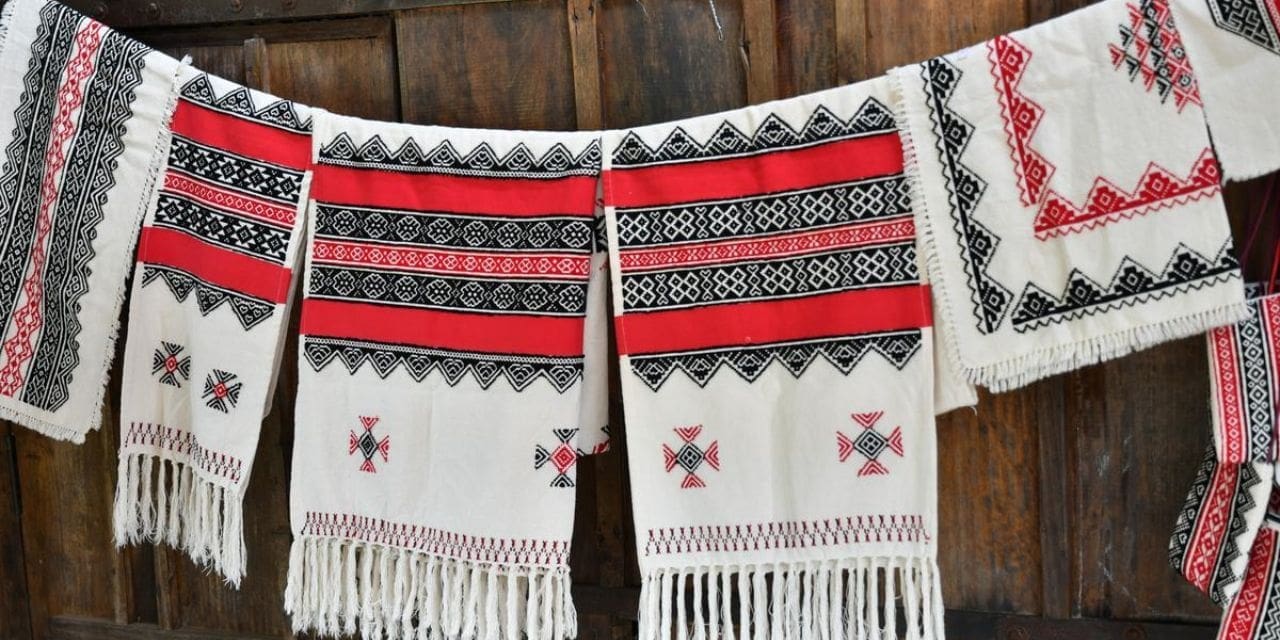UNESCO, in its “Handmade for the 21st Century: Safeguarding Traditional Indian Textile” report, listed the history of the traditional Indian textile crafts. Four handmade traditional textiles from Northeast India have found a mention in a UNESCO report titled ‘Handmade for the 21st Century: Safeguarding Traditional Indian Textiles’. The report is a representative sample of 50 Indian textile crafts from across the country that merits special consideration. The four handmade traditional textiles from the Northeast India include the Lasing Phee and SapheeLanphee from Manipur, Lepcha weaving from Sikkim and the Risha textile weaving from Tripura.
“Handmade textiles appear to be fast dwindling in the face of the demands of modernity. The painstaking process of their creation can take months, if not years, from ideation to execution, and simply cannot compete with industrial competitors,” the report says. It further says their circle is thus shrinking, with many crafts seriously endangered and a few lost forever. “In this context, it is absolutely essential that handmade textiles are taken stock of, and that they are properly mapped in all their diversity,” the report stated.
The Lasing Phee from Manipur is a quilt stuffed with cotton batting, handwoven on the loom by weavers of the Cachar district in Manipur. It is extraordinarily warm and soft as the Lasing Phee double-layered weaving has an inner lining of cotton, which is inserted as a stuffing between parallel strips of weft cloth at regular intervals, which creates the quilting. The handloom industry is largely in the hands of the women of the Meitei community, which is Manipur’s largest community. The Lasing Phee quilt differs from usual cotton quilts in one respect. Unlike cotton quilts that are stitched, these are woven on a flyshuttle loom. “As new quilted products, lower priced and easily available, come into the market, they are replacing the Lasing Phee. Lack of contact with either domestic markets beyond Manipur or with international markets has kept the quilted textile limited to the state. It is important, therefore, to provide the weavers with adequate market links,” the report stated. UNESCO says with concrete efforts being made by the Government of Manipur and national retailers to source Lasing Phee textiles and create better market linkages, it is hoped that weavers will gain new and wider markets for their products. This unusual technique with its historic links needs active sustenance. SapheeLanphee is a traditional shawl that is both woven and embroidered by the women of the Meitei community of Manipur.
Only a few weavers and embroiderers of the SapheeLanphee shawl continue the practice, although the shawl retains respect for what it represents to the Meitei community. “There is a demand for the SapheeLanphee shawl in the wider market, and it is being replicated in much simpler forms for use in home furnishings, as a shawl or scarf, or stitched into coats, bags and other accessories. Due to the small number of weavers and embroiderers, however, it remains hard to source,” the report said. “The tradition of SapheeLanphee has been handed down from generation to generation, orally and through practice. As fewer women were engaging in the practice of weaving and embroidery, the Government of Manipur has ensured that training programmes for local women carry forward their legacy and preserve this age-old craft” the report added.
In Lepcha weaving of Sikkim, Lepcha weaves are characterized by intricate and colourful motifs patterned in stripes and woven on the back-strap loom. Now woven from yarns of cotton and wool, these were earlier made of nettle plant fibres and raw silk. Lepchas are a community indigenous to Sikkim, with a small population of about 75,000 spread across Sikkim state and Darjeeling district. The Lepcha weave is a versatile fabric used to make a range of products such as blankets, dhurries, bags, belts, furnishings and the Lepchas’ traditional coats and clothing. The Directorate of Handicrafts and Handloom (DHH) has advanced the use of frame looms for weaving Lepcha textiles. Weavers who move away from the traditional backstrap loom are sent for further training to Assam, where they learn to use the frame loom. The traditional back-strap loin loom is now confined to training centres and village households, and very few practitioners of this technique remain. “Changing tastes have led to declining interest in traditional dresses, which has adversely affected the craft. Extensive scholarly documentation of the traditional technique of Lepcha weaving and its design vocabulary and cultural significance is needed,” the report added.
In the Risha textile weaving of Tripura, the patterning, colours and motifs of Risha textile weaves are differentiated according to the clan or the tribe for whom they are made. The tribal women of Tripura, especially the southern part of Tripura, weave the Risha cloth using a loat home at home. The skill is passed on from mothers to daughters. They weave motifs inspired by nature and daily objects. Each tribal community has its own motifs. The colour combinations of motifs are different in each community “Older tribal women and those living in rural areas continue to wear their customary clothing and prefer its designs, material, style and colour. The younger generation, however, has largely adopted modern dress. “The change in the socio-economic status of tribal women is reflected in changes to their traditional costume. Another reason for the decline of this textile craft has been the gradual replacement of Risha with ready-made, easy-to-wear blouses rather than un-stitched draped cloth.

